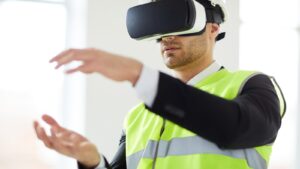In 2024, New Zealand faces a critical challenge: the deterioration of pipelines and widespread leaks threaten the nation’s potable water reserves. This issue has reached a pressing level, particularly in the Wellington region, demanding immediate attention and action.
In this article, we will be discussing about:
2. Implications and Potential Solutions
a. Community Engagement: A Vital Component
b. Weather Factors and Seasonal Dynamics
3. Is There Something That More Can Be Done?
a. The Main Digital Capability: AI
b. The Overall Solution: Smart Water Asset Management Solution
Understanding the Problem
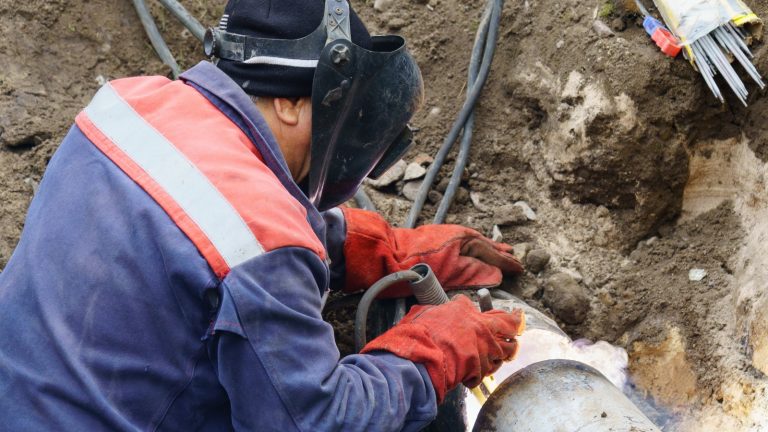
Because of several interrelated factors, pipeline deterioration and widespread leaks seriously threaten water service providers anywhere in the globe. Unprecedented leaks cause the loss of drinkable water, exacerbating worries about the availability and scarcity of water in New Zealand.
Also, structural damage to pipelines raises the possibility of water user service interruptions in addition to requiring expensive repairs. Furthermore, leaks can release toxins into the water system, endangering public health and calling for strict quality and cost control procedures.
Furthermore, the effects on the environment, such as contamination and water waste, highlight how urgent it is to resolve this problem. The complexity is increased by adhering to rules and standards, highlighting the necessity of proactive maintenance and infrastructural improvements to guarantee the sustainability and dependability of the water supply.
So what happened in New Zealand?
Wellington Water’s CEO, Tonia Haskell, has sounded the alarm, revealing that thousands of leaks have been identified, resulting in a staggering 45% loss of water reserves. This revelation underscores the situation’s urgency and the imperative need for intervention. So what does this scenario imply, and how can the Wellington City Council overcome it by mitigating the risks?
Implications and Potential Solutions
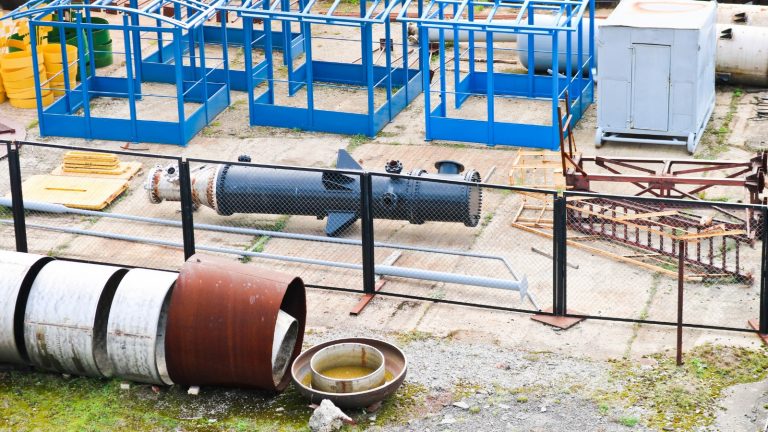
The ramifications of this crisis are significant, with a one-in-four chance of the region implementing level four water usage restrictions. This would entail stringent measures such as banning outdoor water use and mandating a 50% reduction in indoor usage. Long-term strategies are essential to address these challenges. While local councils prioritise fixing leaks and upgrading ageing pipelines, the process could be improved by more funding and resources. However, this underscores the necessity for immediate conservation efforts and long-term infrastructure enhancements.
Community Engagement: A Vital Component

Central to mitigating this crisis is the involvement of the community. Haskell stresses the importance of public cooperation in conserving water and reporting leaks. Despite the challenges, she highlights the significance of every saved drop in alleviating pressure on reserves.
The water establishment is already taking things into its own hands and expecting the community to lend a helping hand. Level 2 water restrictions are being implemented in Wellington, Porirua, Lower Hutt, and Upper Hutt due to high demand, placing strain on the drinking water supply. Hand watering is permitted, but unattended systems like sprinklers and irrigation are prohibited. The water crisis results from leaks, population growth, and rising temperatures. Companies are also urged to use less water. While Wellington Water concentrates on leak repairs, more water conservation measures are required. Level 3 restrictions, which forbid all residential outdoor water use and advise residents to minimise indoor usage, are likely to be implemented in 76% of cases.
Weather Factors and Seasonal Dynamics
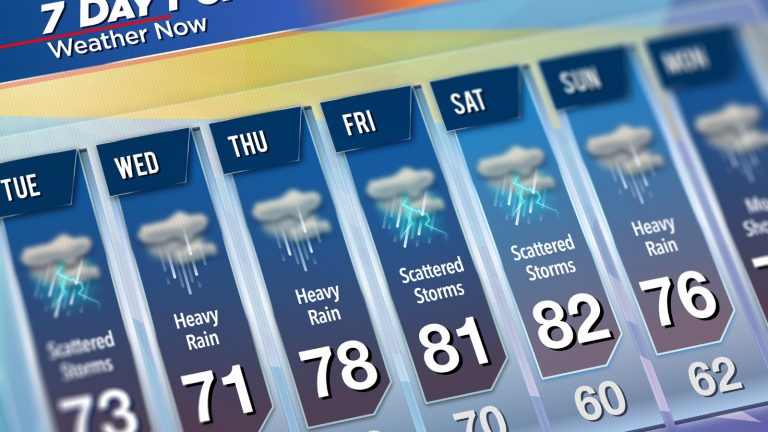
The potential impact of El Niño summers looms large, with a 24% chance of demand surpassing supply capacity. This underscores the urgency of implementing widespread reductions in water usage to ensure access to safe drinking water for all. Additionally, as the summer approaches, coupled with rising temperatures, water consumption is expected to escalate, further straining reserves.
Is There Something More That Can Be Done?
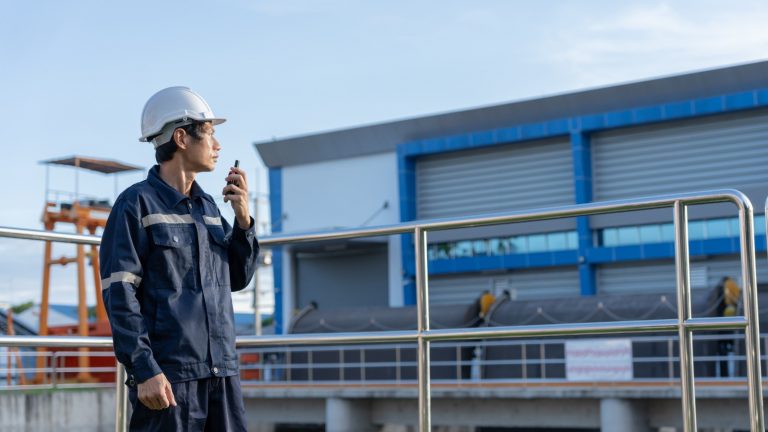
Yes, Industry 4.0 is the answer.
Many water asset managers in New Zealand are still reluctant to utilise smart digital capabilities in optimising their water asset systems, but such occasions where precious water, the lifeblood of our societies, does not have to be wasted at the expense of delayed decisions. But how can Industry 4.0 capabilities save water in New Zealand?
The Main Digital Capability: AI

AI-powered hydraulic modelling represents a paradigm shift in water distribution network analysis, encapsulating various methods and joint applications to offer a dynamic and probabilistic approach. Unlike traditional techniques, new hydraulic modelling integrates cutting-edge technologies like artificial intelligence (AI) and machine learning (ML) to enhance operational efficiency and planning functions significantly.
This integration enables the detection of non-revenue water through advanced algorithms and predictive analytics, allowing water service providers to identify leaks and inefficiencies more accurately and in real time. By leveraging AI and ML, hydraulic modelling offers a more proactive and data-driven approach to managing water distribution networks, ultimately leading to improved resource conservation, reduced operational costs, and enhanced sustainability.
The Overall Solution: Smart Water Asset Management Solution

A Smart Water Asset Management Solution is a framework that is built to encapsulate the four main pillars of a water system: Catchment, Treatment, Distribution, and Reticulation so that all water assets are in their best condition and performance while controlling costs and mitigating Risks. The Reticulation Systems are susceptible to damage due to the asset quality, environmental hazards, water pressure and many other social, scientific and climatic influences affecting the water distribution from tanks to end-consumers.
Therefore, the ‘Reticulation Asset Solution’ in this framework brings the need for the complex task of managing and optimising the flow of water service pipeline networks under one roof with its features to efficient management, pipeline integrity, early reticulation asset detection, proactive maintenance, error-less overall operational background, etc. The capability to enhance environmental mindfulness while making the water supply profitable is highly encouraged by the unlimited power of this robust software solution. Here are some of the benefits in using this system:
- Empower stakeholders to make strategic decisions, reduce costs, and ensure uninterrupted water supply.
- Enables early detection of leaks and failures through predictive and prescriptive analytics.
- Enables smart sensor integration to minimise the carbon footprint.
- Facilitates proactive responses to issues and adherence to water quality standards.
- Focuses on performance, risks, and costs.
- Guarantees safety and risk-free public health.
- Incorporates scalable and eco-conscious approaches like energy efficiency and reduced chemical usage.
- It leverages AI, Digital Twin, IIoT, and analytics for comprehensive visibility into global water management.
- Offers a comprehensive and sustainable approach to addressing drinking water pipe leakages and ensuring water infrastructure reliability.
- Optimises catchment management, tracks treatment operations, and models smart distribution infrastructure.
- Prioritises environmental, social, and governance (ESG) metrics.
- Provides unified visibility under one screen and facilitates wise asset investment planning.
- Tigernix Smart Water Asset Solution utilises Industry 4.0 technologies.
Conclusion: A Call to Action

In conclusion, the situation facing New Zealand’s water supply is dire but manageable. It requires a concerted effort from all stakeholders – government bodies, communities, and individuals – to address pipeline decay, leaks, and infrastructure challenges. We can safeguard the nation’s water security and ensure a sustainable future for future generations by implementing immediate conservation measures, investing in long-term solutions, and fostering community engagement.
In light of the critical challenges facing New Zealand’s water supply, it is evident that a comprehensive and innovative solution is needed. It is clear that the best approach to address these challenges is through the implementation of a Smart Water Asset Management Solution. It offers a holistic framework that encompasses all facets of water asset management, from catchment to reticulation. By leveraging advanced technologies such as artificial intelligence, digital twin, and analytics, this solution provides comprehensive visibility into global water management, enabling proactive detection of leaks, optimisation of infrastructure, and adherence to environmental, social, and governance (ESG) metrics.
In conclusion, amidst the pressing water challenges facing New Zealand, a Smart Water Asset Management Solution emerges as the most effective and comprehensive approach to safeguarding water security, ensuring the availability of clean and safe drinking water for present and future generations.




